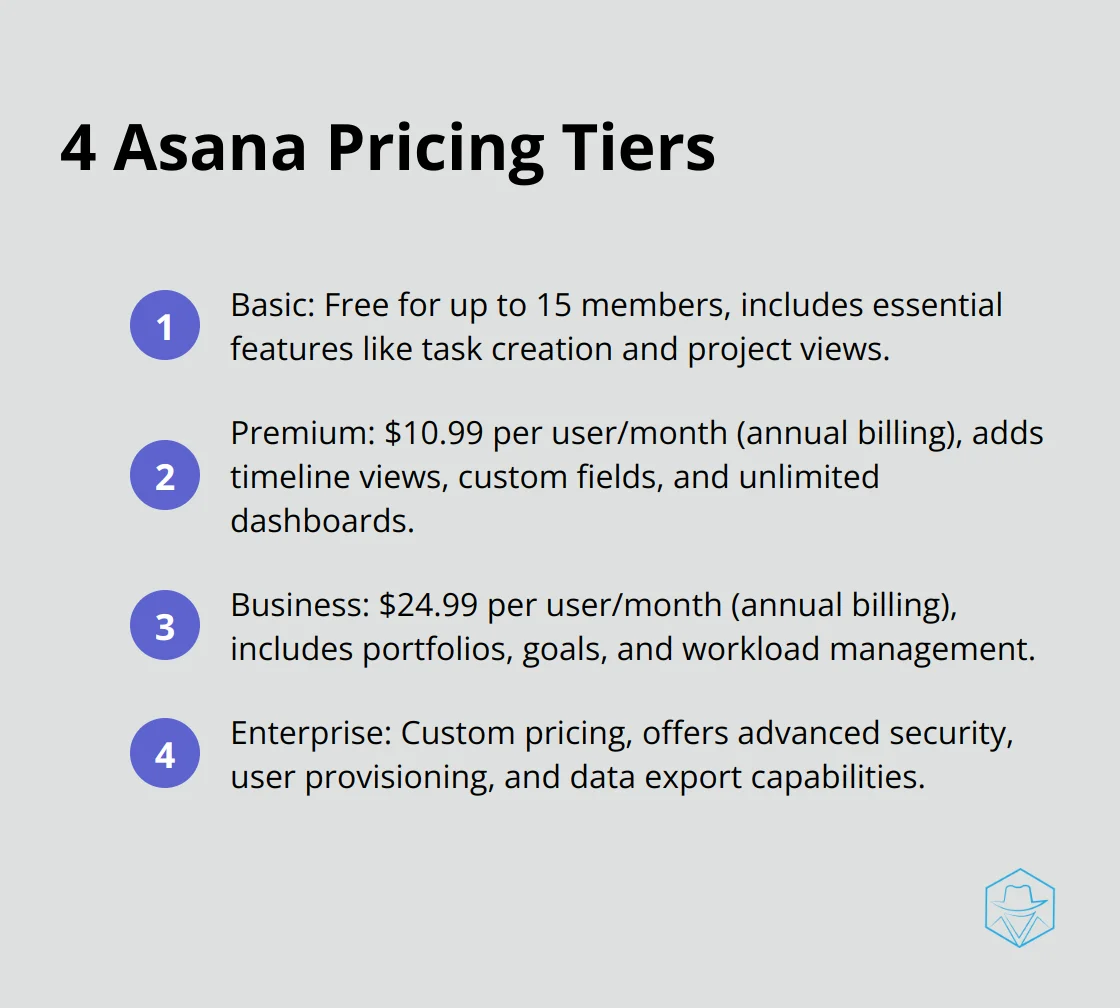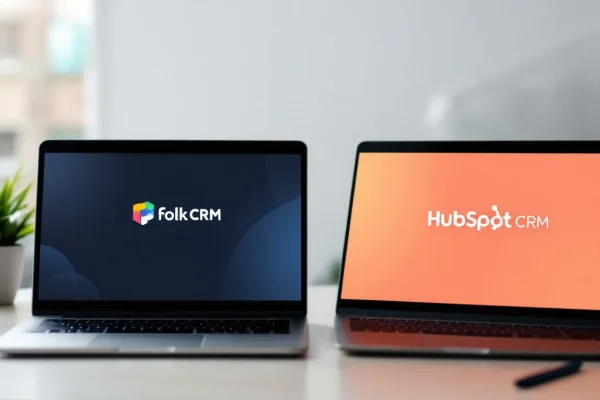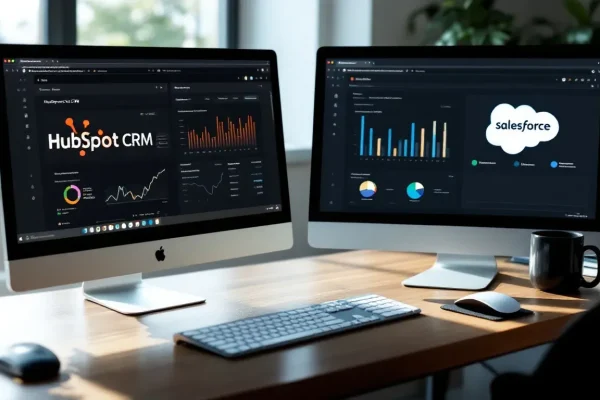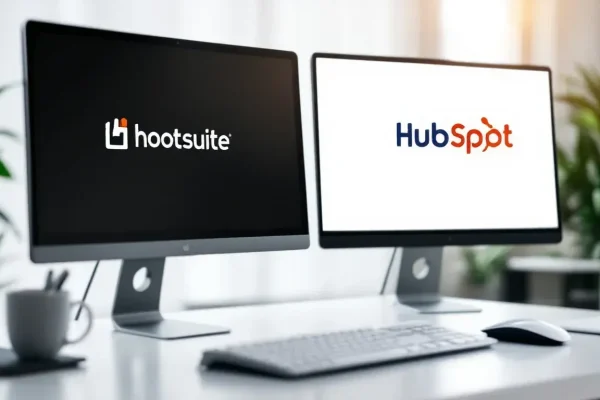How Much Does Asana Cost? Pricing Explained

At Drop Cowboy, we understand the importance of choosing the right project management tool for your team. Asana is a popular option, but many users wonder about its pricing structure.
In this post, we’ll break down Asana’s cost and explain its different pricing tiers. We’ll help you determine which plan offers the best value for your organization’s needs.
What Are Asana’s Pricing Tiers?
Asana offers four distinct pricing tiers to cater to different team sizes and project management needs. Let’s examine these options to help you make an informed decision for your organization.

Basic Plan: Free but Limited
Asana’s Basic plan costs nothing for teams of up to 15 members. It includes essential features like task creation, project views, and basic integrations. However, it lacks advanced tools such as timeline views and custom fields. This plan suits small teams or individuals who start with project management software.
Premium Plan: Enhanced Collaboration
The Premium plan costs $10.99 per user per month (billed annually). It unlocks more robust features, including timeline views, custom fields, and advanced search capabilities. Teams can create unlimited dashboards and access reporting tools. This tier fits growing teams that need more sophisticated project management features.
Business Plan: Advanced Features for Larger Teams
Priced at $24.99 per user per month (billed annually), the Business plan offers advanced features like portfolios, goals, and workload management. It also provides custom rule builders for workflow automation and proofing tools for creative teams. Asana reports that teams using the Business plan complete projects up to 45% faster.
Enterprise Plan: Tailored Solutions
The Enterprise plan offers custom pricing based on specific organizational needs. It includes advanced security features, user provisioning, and data export capabilities. This plan targets large organizations with complex security and integration requirements. Asana claims Enterprise customers see an average of 257% return on investment.
While Asana provides a range of options, it’s important to consider alternatives. For businesses focusing on customer engagement and marketing automation, Drop Cowboy offers a more cost-effective solution. Our platform (which charges only for successful deliveries) ensures value for every dollar spent.
Now that we’ve covered Asana’s pricing tiers, let’s explore how their pricing structure works in more detail.
How Asana Structures Its Pricing
Asana’s pricing structure accommodates various team sizes and project management needs. The platform employs a per-user pricing model, which allows costs to scale with team growth.
Per-User Pricing Model
Asana charges for its paid plans on a per-user basis. This approach enables teams to adjust their usage and costs as they expand. For instance, a team of 10 members on the Premium plan will pay $109.90 per month (billed annually). While this model can benefit smaller teams, larger organizations might find it expensive.
Annual vs Monthly Billing Options
Asana provides both annual and monthly billing choices. Annual billing results in substantial savings. The Premium plan costs $10.99 per user per month with annual billing, compared to $13.49 with monthly billing. This represents an 18.5% saving for teams that opt for a year-long subscription.
Discounts and Special Offers
Although Asana doesn’t publicly advertise volume discounts, larger teams or organizations can potentially negotiate custom pricing (especially for the Enterprise plan). Asana also offers a 50% discount for eligible non-profit organizations on their Premium and Business plans with annual billing.
Cost-Effectiveness Considerations
While Asana’s pricing structure suits many organizations, it might not be the most cost-effective solution for all businesses. Companies that focus on customer engagement and marketing automation might find more value in platforms like Drop Cowboy. Drop Cowboy’s pay-per-successful-delivery model ensures businesses only pay for actual results, which could lead to better ROI for certain types of campaigns.
Evaluating Pricing Against Features
When considering Asana’s pricing, it’s essential to evaluate the features each tier offers. The Basic (free) plan provides fundamental project management tools, while paid plans unlock more advanced features. Organizations should assess their specific needs and match them with the appropriate pricing tier to maximize value.
As we explore Asana’s pricing structure, it’s important to understand the specific features and limitations of each pricing tier. Let’s examine what each plan offers in more detail.
What Features Does Each Asana Plan Offer?
Basic Plan Features
Asana’s Basic plan, though free, packs a punch. It accommodates teams of up to 15 members and offers unlimited tasks, projects, and messages. Users can create task lists, Kanban boards, and calendars. The plan also supports basic integrations with popular tools like Slack and Google Drive.
However, the Basic plan has its constraints. It lacks timeline views, custom fields, and advanced search capabilities. These limitations can hamper productivity for growing teams or those managing complex projects.
Premium Plan Enhancements
The Premium plan significantly expands Asana’s offering. It introduces timeline views, allowing teams to visualize project schedules and dependencies. Custom fields enable better organization and filtering of tasks. The plan also includes unlimited dashboards for tracking project progress.
A standout feature of the Premium plan is the workflow builder. This tool allows teams to automate repetitive tasks, reducing errors and saving time. Asana reports that teams using workflow automation complete tasks 40% faster on average.
Business Plan for Larger Teams
Asana designed the Business plan for larger teams and organizations managing multiple projects. It introduces portfolio management, allowing leaders to track progress across various initiatives. The workload view helps managers balance team capacity and prevent burnout.
A key feature of the Business plan is proofing. This tool streamlines the review and approval process for creative teams. Asana states that organizations using proofing see a 50% reduction in review cycles.
The plan also includes advanced integrations with tools like Salesforce and Adobe Creative Cloud (these connections can significantly enhance productivity for teams using multiple software solutions).
Enterprise Solutions
Asana’s Enterprise plan offers the highest level of customization and security. It includes features like SAML single sign-on and user provisioning (crucial for large organizations with strict IT policies).
Data export capabilities in the Enterprise plan allow for comprehensive backups and analytics. Custom branding options help maintain a consistent company image across the platform.
While Asana’s Enterprise plan offers robust features, alternatives like Drop Cowboy provide similar levels of customization and security, often at a more competitive price point. Drop Cowboy’s focus on content marketing automation and customer engagement can offer unique advantages for businesses prioritizing these areas.
Final Thoughts
Asana offers various pricing options to accommodate different team sizes and project management needs. The platform provides scalable features as businesses grow, from the free Basic plan to the customizable Enterprise solution. When selecting an Asana plan, users must consider their team size, project complexity, and budget constraints.
Asana’s value stems from its comprehensive project management tools and user-friendly interface. However, organizations should weigh Asana’s costs against their expected return on investment. Some companies might find Asana’s per-user pricing model expensive (especially as team sizes increase).
For businesses that focus on customer engagement and marketing automation, Drop Cowboy might offer more targeted solutions. Our pay-per-successful-delivery model ensures you only pay for actual results. This approach can provide better value for certain types of campaigns and help manage Asana costs effectively.
blog-dropcowboy-com
Related posts

June 23, 2025
Boost Mobile Voicemail App: Everything You Need to Know
Discover features, tips, and benefits of the Boost Voicemail App. Simplify messaging and enhance communication with this essential mobile tool.

May 6, 2025
Folk vs HubSpot: CRM Comparison for Small Businesses
Compare Folk vs HubSpot CRM for small businesses. Explore essential features, pricing, and user experiences to make an informed decision for your company.

March 30, 2025
HubSpot vs Salesforce: Which CRM Is Right for You?
Compare HubSpot vs Salesforce to find the best CRM for your business. Explore features, pricing, and user experiences in this comprehensive guide.

May 6, 2025
Hootsuite vs HubSpot: Social Media Management Tools
Compare Hootsuite vs HubSpot for the best social media management tools. Find the features, benefits, and pricing to make an informed decision.

May 19, 2025
Is Wholesale Real Estate Legit or a Scam?
Explore whether wholesale real estate is legit. We discuss its legality, benefits, risks, and how to spot scams in this comprehensive blog post.

May 12, 2025
Which Android Voicemail App Should You Choose?
Explore the best voicemail Android app to enhance your communication. Discover features, benefits, and tips for choosing the perfect fit for your needs.